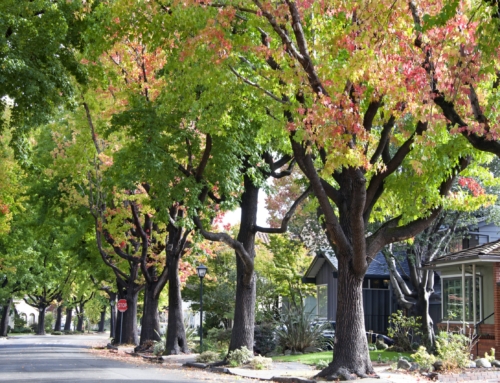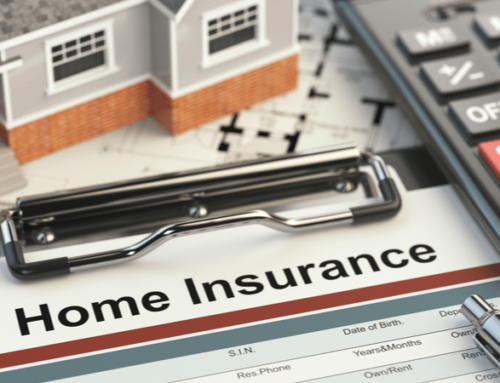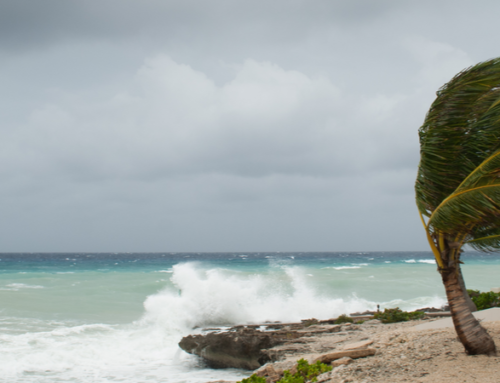2011 was the year of big storms, and many people made a homeowners insurance claim as a result. We should have known it was going to be a crazy year for weather when a powerful storm hit one third of the nation between January 31, 2011, and February 2, 2011. Then, one of the worst storm outbreaks in the United States occurred in April 2011 with a series of tornados. That same year, Hurricane Irene proved to be one of the costliest storms on record, and 2011 ended with unusually early snow—on Halloween—in the northeast.
All of these storms caused downed trees, property damages, and a flurry of homeowners insurance policy claims. They also opened up a new chapter in one of the most common insurance conundrums for homeowners: If your neighbor’s tree falls on your property, whose insurance policy is responsible?
Whose insurance policy will cover storm damage?
Before letting a storm damage both your property and your relationship with your neighbors, take a look at some examples for tree and property damage. These will help you figure out whether your insurance policy or your neighbor’s policy will provide coverage. (These examples assume no injuries occurred as a result of the tree falling.)
Example 1: A healthy tree located on your neighbor’s property falls as a result of a storm. This is considered an Act of God. The neighbor is not responsible for that tree falling on your property, and you will need to file a claim under your own homeowners insurance policy.
Example 2: A tree on your neighbor’s property is diseased. You request, in writing, to have it removed to prevent damage. However, the neighbor does not have it removed and it falls on your property. In this case, your neighbor may be held responsible for paying to repair the damage to your property as a result of the fallen tree.
Does this all seem too easy? These two examples cover most of the fallen tree damage claims I’ve seen. If you have a different story, let me know about it in the comment section.





